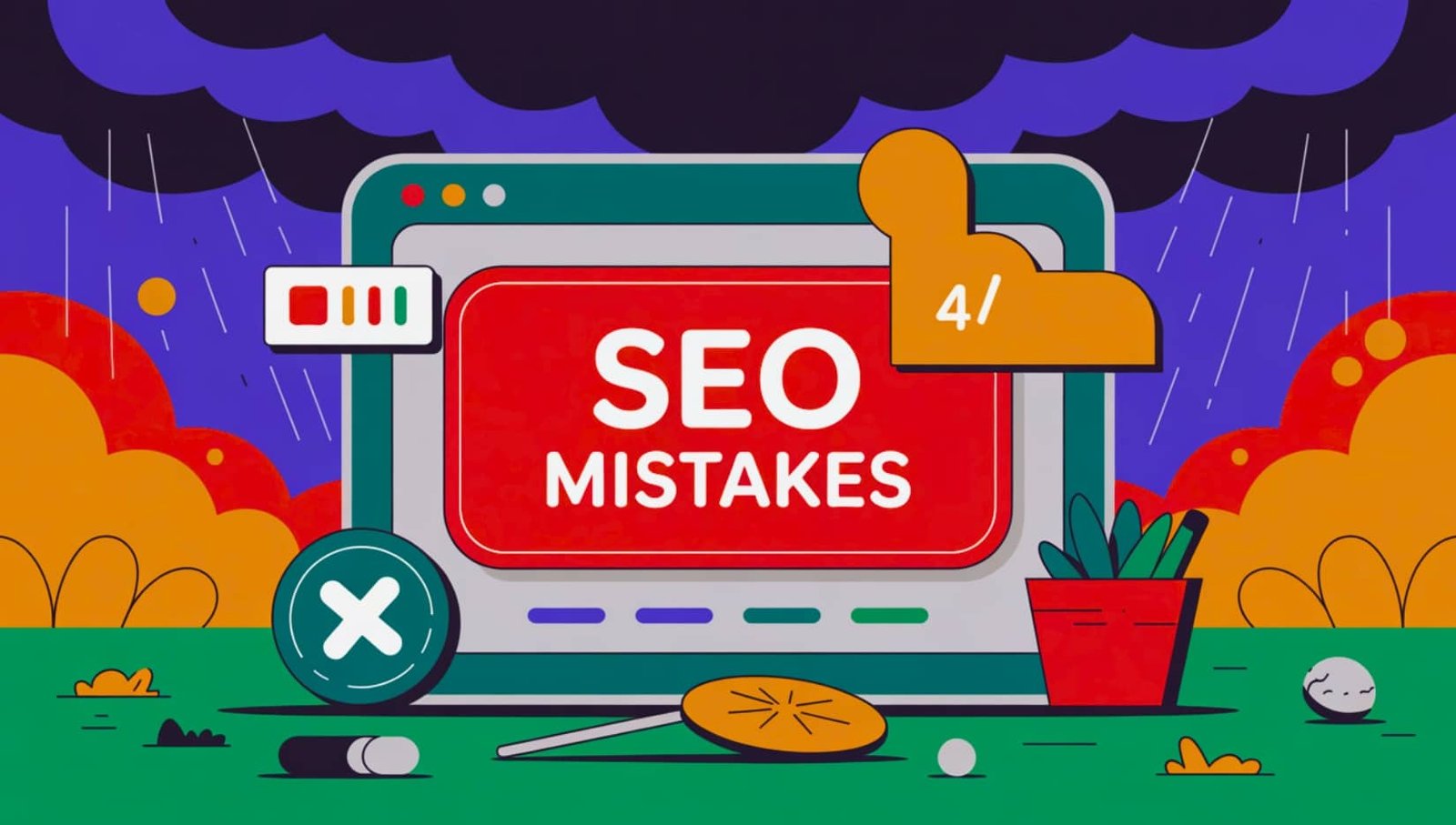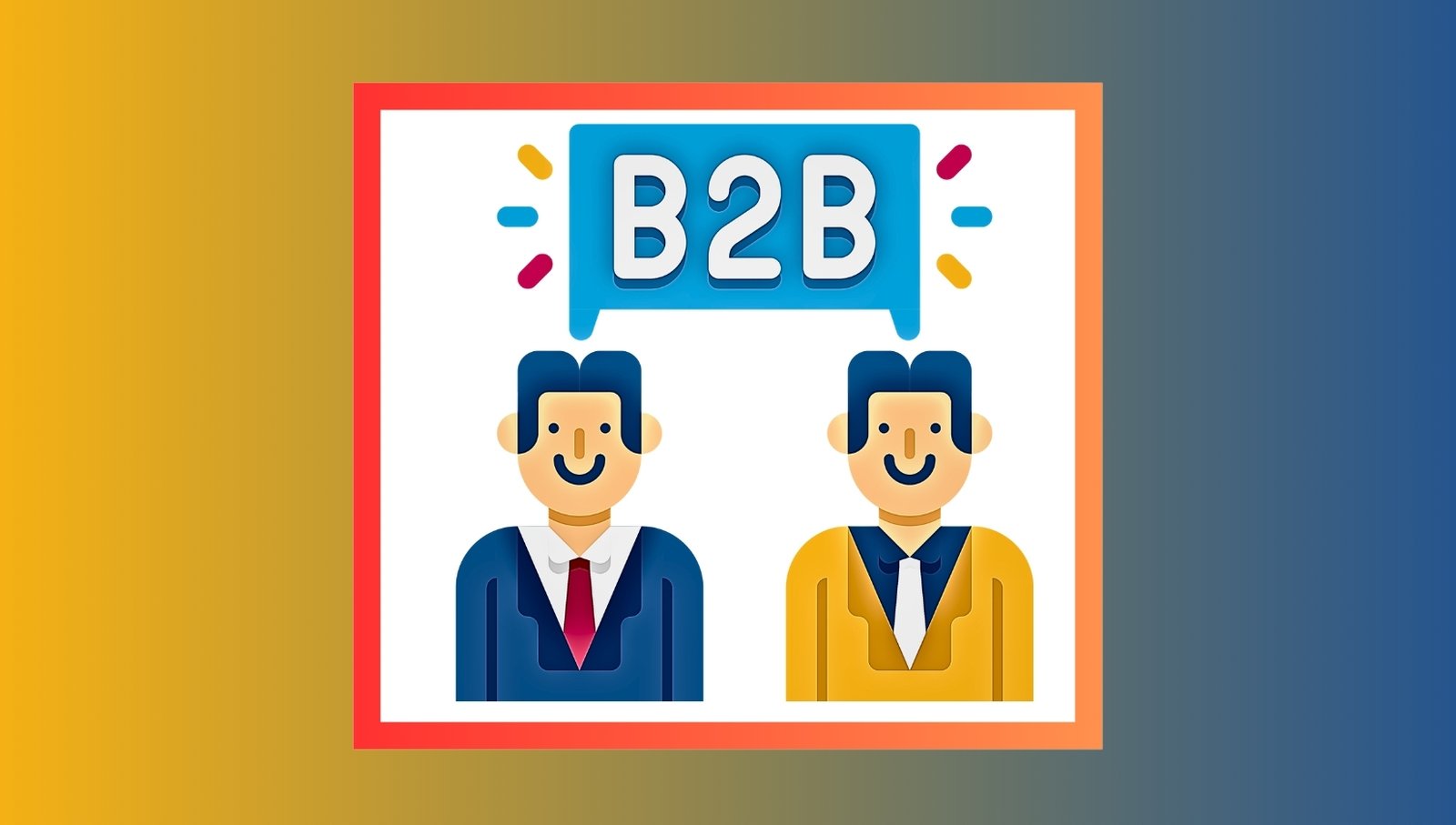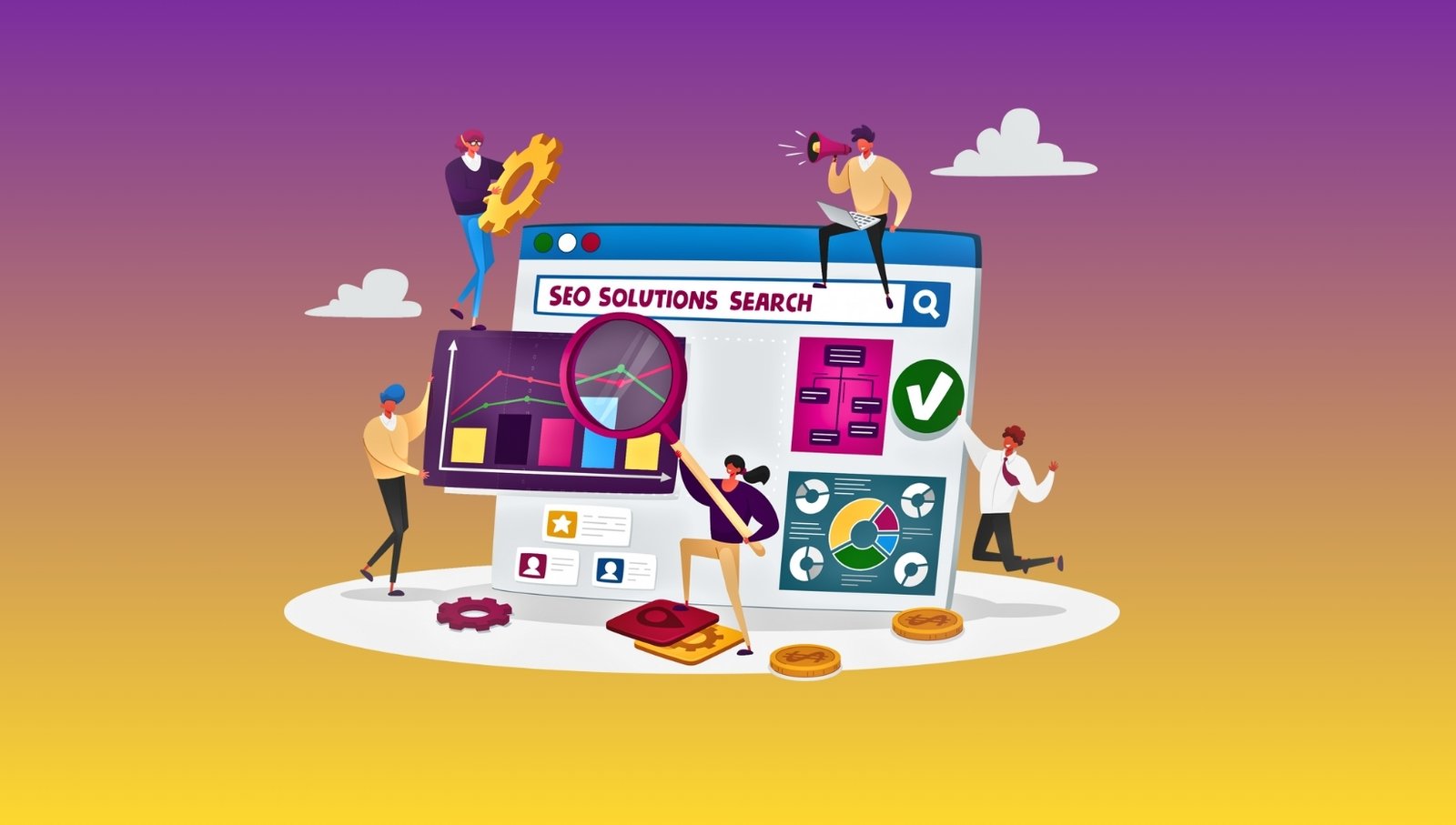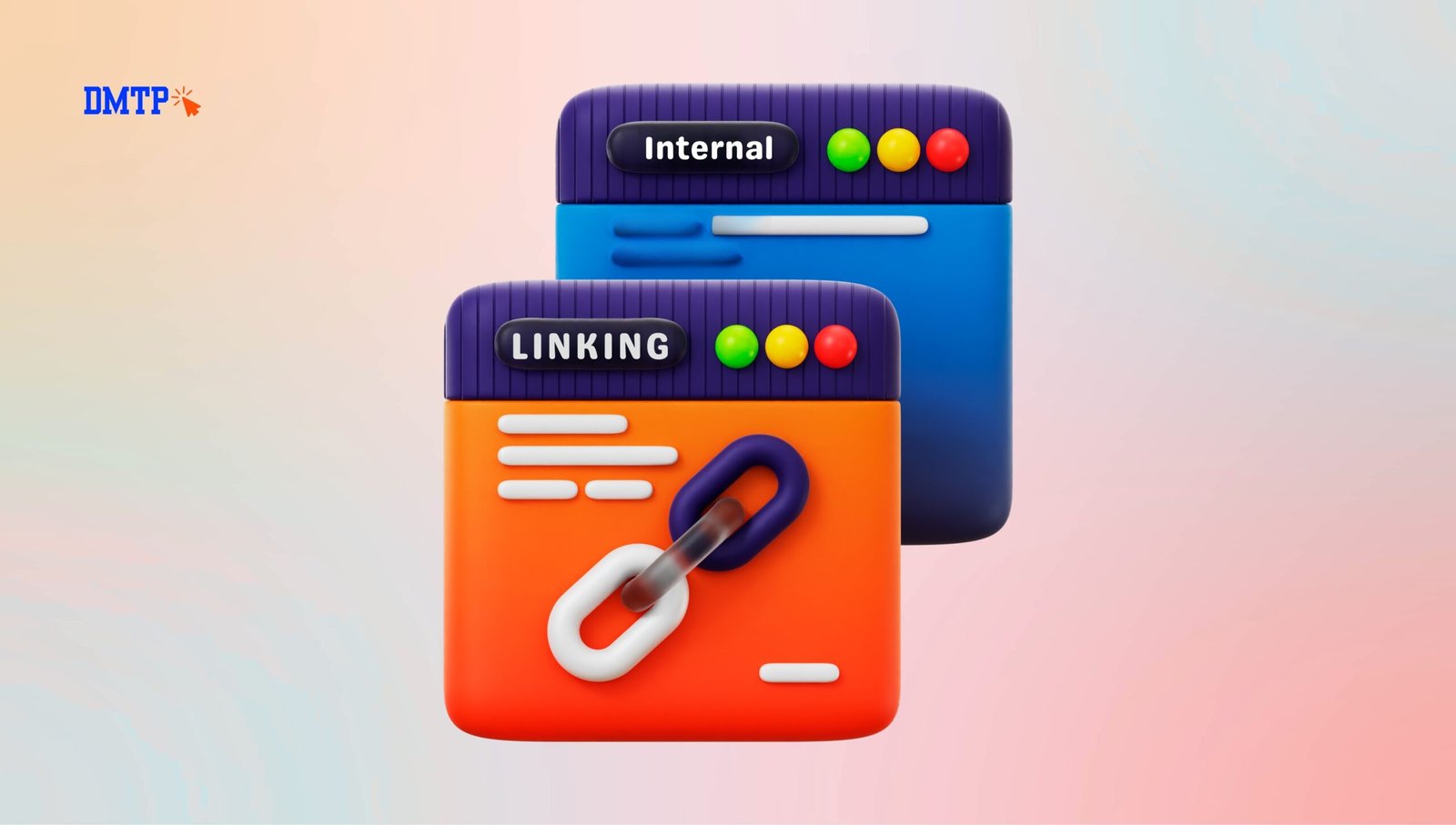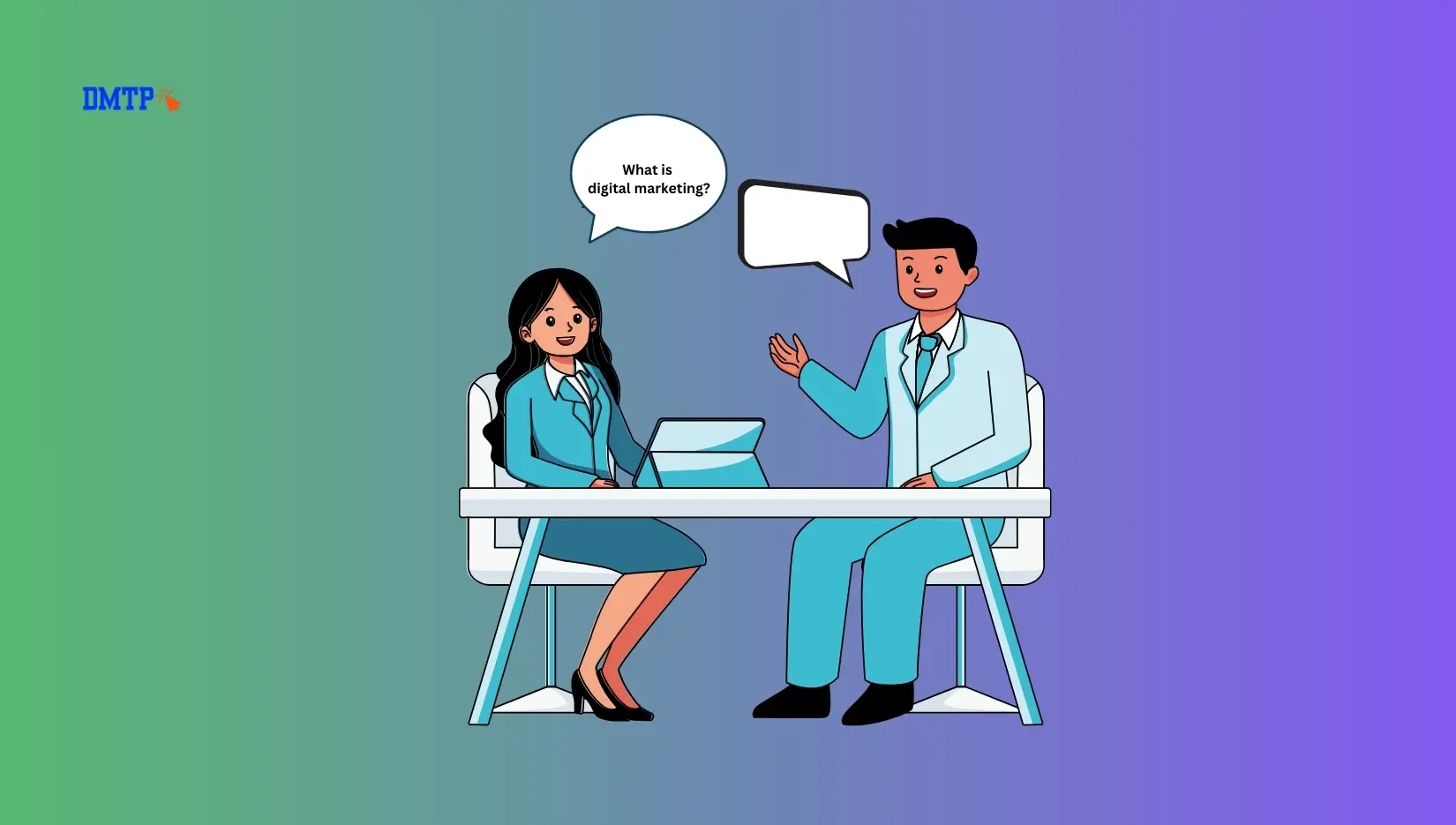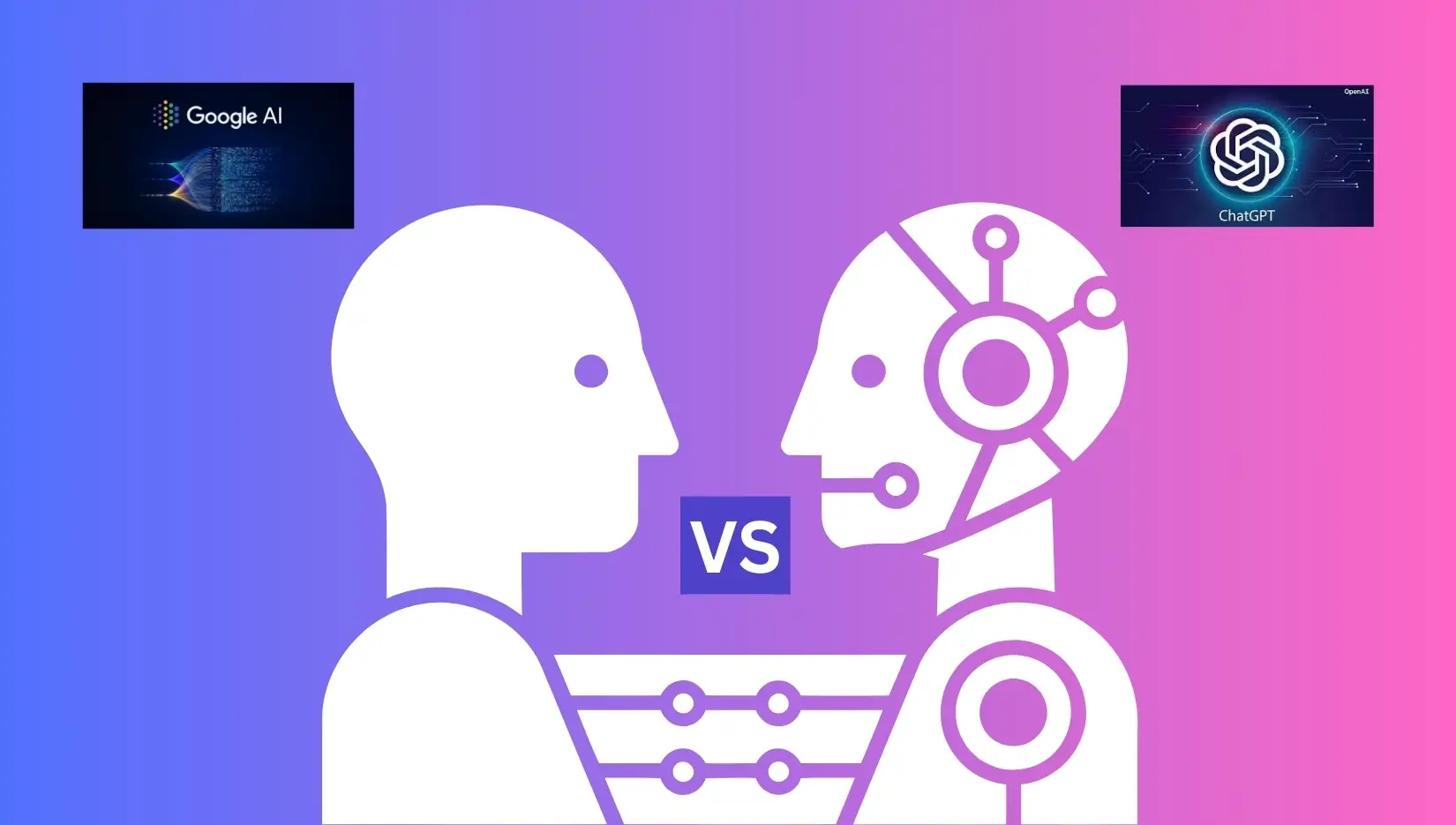You’ve included keywords. Written “optimized” content. I have installed every SEO plugin available. However, your rank? Still flat, or worse, declining, and still facing On page SEO mistakes
Does this sound familiar?
If your site’s content isn’t performing even after all the efforts you’ve put into it The issue may not lie with Google. It could actually be the user–or in particular, it could be subtle but destructive SEO errors on the page that can sabotage your performance.
In this article in this article, you’ll walk through the top frequently occurring on page SEO mistakes that are affecting your on-page visitors (especially with regard to Google’s 2025 update) How to address them quickly and also how to prepare your website for growth over the long term.
What Counts as an On Page SEO Mistake in 2025?
On page SEO mistakes have become more than simply about putting the keyword in your H1 and calling it a night. By 2025 the Google’s Helpful Content System, AIO (AI Optimization), GEO (Google Experience Optimization) and E-E A-T standards will have drastically increased the standard.
If your website:
- Confuses intent of search
- The app loads slow or looks unwieldy on mobile devices.
- Use of keywords or headings in the wrong way
- Feels like it was written for bots, not humans.
…it is expected to perform poorly on organic searches.
Let’s look at the most frequently asked questions, and then discuss how to fix them.
Keyword Stuffing or Using Outdated Terms
On Page SEO Mistake 1:
Issue: Trying to boost results by using too much of the keyword (especially in unorthodox ways).
Why it Hurts in 2025:
Natural language algorithms of Google (especially those that work with SGE and passing ranking) are designed to recognize manipulation. Over-optimization is a red signal and frequently results in de-indexing or lower scores for relevance.
Fix It:
- Make use of the primary keyword only once within the first 100 words
- Add 3 to 5 keyword phrases that are semantic (from tools such as LSIGraph and Google’s Autocomplete)
- Write like a person, not a checklist
Example:
In lieu of repeatedly repeating “how to fix on page seo mistakes” five times, alter your words:
“optimize page speed,” “improve crawlability,” “clean up metadata.”
Misaligned Search Intent
On Page SEO Mistake 2:
Trouble: Ranking for a phrase that your content does not actually satisfy.
Why it Hurts in 2025:
Google’s perception of intent has grown. If your page hoping to find to see a comparison of products and receive a blog article, be prepared for high bounce rates and ranking declines.
Fix It:
- Check the top 3 SERP results that match your search
- Match format (guide tool list, match)
- Match tones and depth Based on the level of sophistication of the user (beginner vs. expert)
Quick Example:
If the word you are using refers to “SEO optimization,” don’t simply define SEO. Include actual steps, tools and the results.
Weak or Generic Title Tags and Meta Descriptions
On Page SEO Mistake 3:
The problem: Boring, robotic titles that do not generate clicks or clarify the their value.
Why it Hurts in 2025:
Title tags directly affect both the CTR (click-through rate) as well as the interpretation of snippets in SGE as well as traditional SERPs.
Fix It:
- Keep title tags under 60 characters
- Include the primary keyword naturally
- Incorporate urgency, specificity or a statement of benefits
Bad Example:
SEO Optimization | YourSite
Better Example:
Fix On page SEO Mistakes That Kill Your Rankings (Step-by-Step)
Poor Internal Linking Strategy
On Page SEO Mistake 4:
Issue: Either no internal links or too many, frequently irrelevant ones.
Why it Hurts in 2025:
Internal links assist Google to understand the structure of your content and pass equity in your link. They also increase the duration of sessions and page engagement, two quiet but crucial ranking indicators.
Fix It:
- Include 2-4 internal links on pages that are relevant to you.
- Use an anchor that has a descriptive text (avoid “click here”)
- The link to earlier blog posts in new posts and not the reverse.
Bonus Tip:
Consolidate related content into silos or clusters to establish authoritative content.
Neglecting Page Speed and Mobile UX
On Page SEO Mistake 5:
The issue: A bloated, slow-loading web site that is not designed well, particularly on mobile devices.
Why it Hurts in 2025:
the Core Web Vitals are fully included in ranking decisions, in addition, GEO systems penalize bad UX even when your web content has been “technically optimized.”
Fix It:
- Image compression (use WebP where possible)
- Make lazy loading available and caching of the browser
- Remove unnecessary plugins and scripts
- Test it with Google Page speed insights or Lighthouse
Goal Metrics:
- LCP (Largest Contentful Paint): < 2.5s
- INP (Interaction to Next Paint): < 200ms
- CLS (Cumulative Layout Shift): < 0.1
Misusing Headings and Content Structure
On Page SEO Mistake 6:
Issue: Using multiple H1s and skipping the heading levels or dumped text blocks that are huge.
Why it Hurts in 2025:
Google’s AI algorithms break down the content sections by sections. When your content’s structure appears a mess the content may be ignored or be ranked lower in results based on passages.
Fix It:
- A H1 title only (your Page title)
- Use H2s to define main sections, H3s to indicate subpoints
- Divide content into sections less than 300 words
- Utilize H2s based on questions to find the most popular snippets of information
Bonus:
Include short summaries, or TL;DRs after lengthy sections to help support SGE inclusion.
Not Optimizing for Snippets or AI Summaries
On Page SEO Mistake 7:
The problem: Writing long, unstructured, and unclear content with no outcomes.
Why it Hurts in 2025:
Google does more than just rank websites any more. It also ranks passages as well as short answers. With SGE immediate responses are vital.
Fix It:
- Use short paragraphs (2-3 lines max)
- Incorporate bullet points and number steps
- Answer all the key questions in a single paragraph
- Format provides answers that are close to the question
Example Q&A Block:
Question: How do I solve problems with SEO on my site?
A: Start with a technical audit using Screaming Frog or Ahrefs. Repair broken links, fix the title tags, optimize headings, and increase the speed of mobile devices with PageSpeed Insights.
How Emerging Tech Is Reshaping On-Page SEO
The 2025 year is when SEO plan must be based on the ways in which artificial intelligence-driven searches–like the Google’s Search Generative Experience (SGE)–curates content.
Changes You Need to Know:
- AI likes clear well-structured content it can easily process
- pages that provide answers to questions are incorporated into SGE summary
- AIO (AI Optimization) is nowadays a fundamental discipline. Optimize not only for the search engines, but also for AI interfaces too.
What To Do Now:
- Key takeaways from the format in order of paragraphs or lists at the top of the page
- Use schema (FAQ, HowTo, Article) to reinforce context
- Create content using intent-first writing that is entity-aware
FAQ: How to Fix Common SEO Issues (2025 Edition)
What is the best way to can I spot on page SEO mistakes on the web?
Utilize tools such as Ahrefs, Semrush, Screaming Frog and Google Search Console to find broken links, tags that are missing as well as slow-loading pages. problems with headings.
Q What’s the most efficient method of improving SEO positions?
Repair technical issues fix technical errors, align content to the intent of search, and then update obsolete content with new information and an optimized structure.
Q Does keyword density remain crucial?
However, not in a direct way. The use of natural primary and semantic keywords is important greater than the density. It is important to write for the meaning of your words, not for frequency.
Q What’s the most common on page SEO mistakes that users make?
Writing for algorithms rather than people. Google’s Helpful Content System penalizes unhelpful repetitive, robotic or unhelpful content.
Question: What can I improve my Google’s AI summary (SGE)?
Make sure to structure your content with questions-based headings, make use of bullet points, and give short answers. Back it up with actual information and sources.
